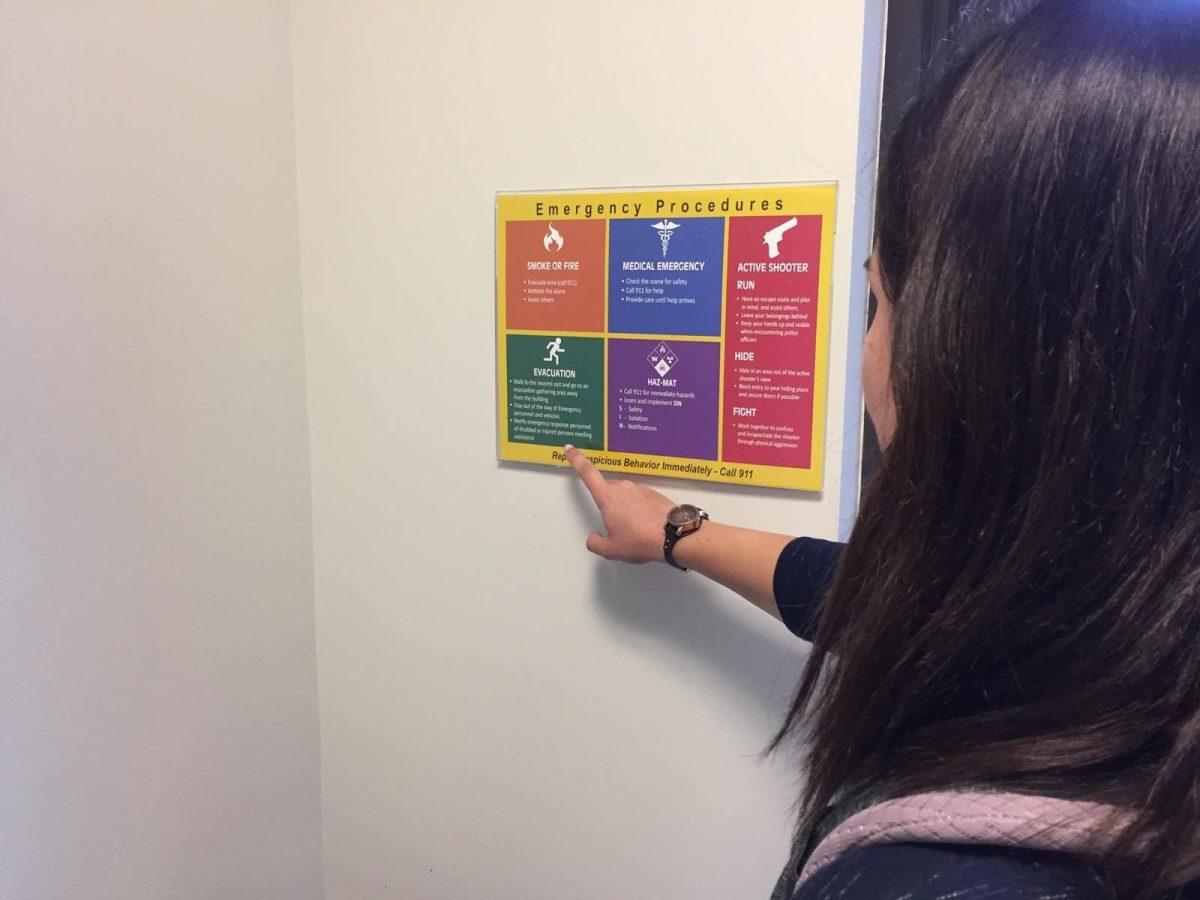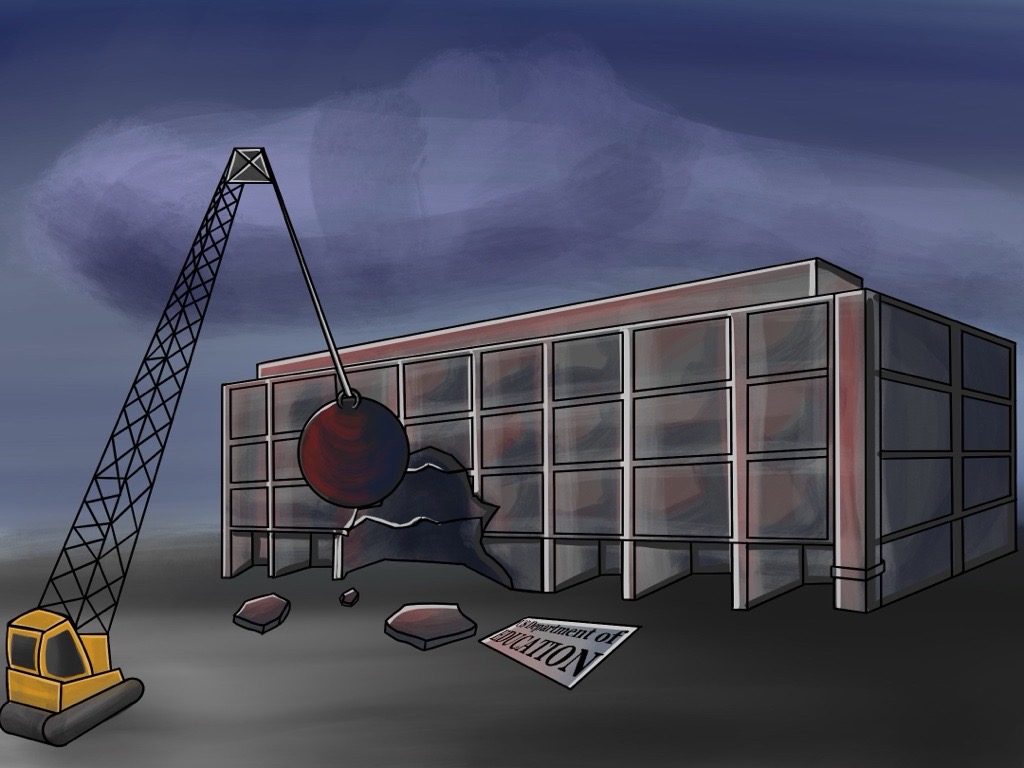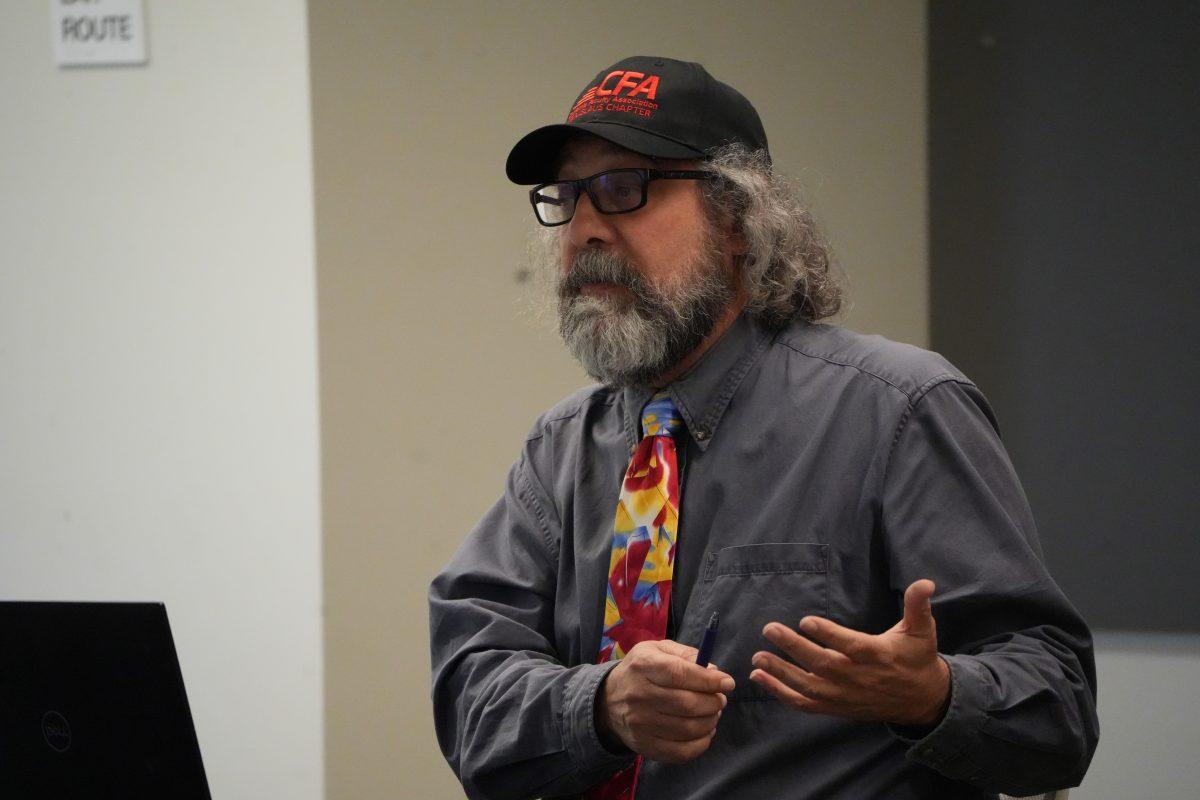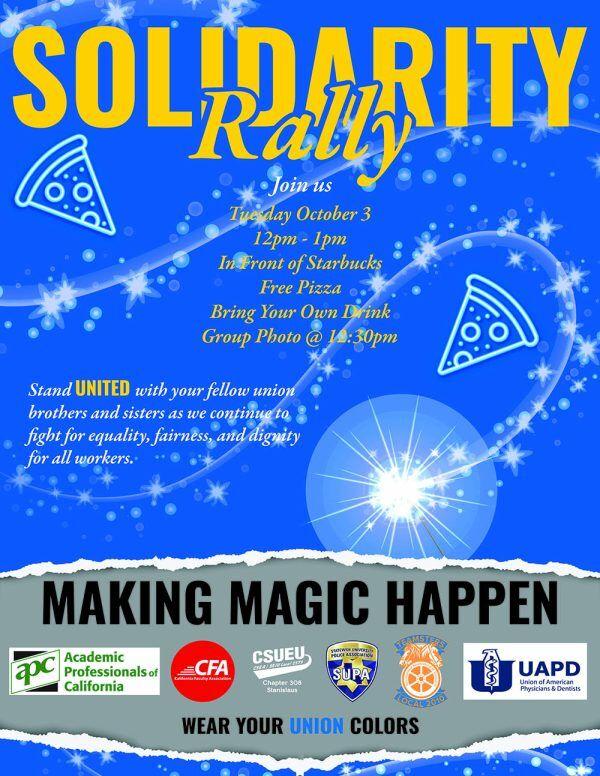Through the past month, as the nation watched Hurricane Harvey and Hurricane Irma leave a path full of destruction, it raised questions of how prepared one really may be. In a wake of a disaster, would you be prepared enough to take action?
September is National Preparedness Month and across the country it is important to be prepared; no matter what state you are from. The American Red Cross believes that we all should be prepared, for what ever life obstacles lie ahead.
Understanding the steps to take during any type of disaster is important, therefore it is highly recommended to have a game plan for these type of events before they occur.
The Ready Campaign, created in 2003, is a promoter in getting the public aware. Their main goal is to educate the public on disasters; man-made and natural. There hope is to provide confidence and provide readiness qualifications in times where people can feel hopeless. On their website, they offer assistance in thirteen different language options that encourage for key steps to become prepared.
These are just some of the steps found on their website:
- Stay informed about the different types of emergencies that could occur and their appropriate responses
- Make a family emergency plan
- Build an emergency supply kit
- Get involved in your community by raking action to prepare for emergencies
For the California State University Stanislaus (Stan State) community, Amy Thomas, the director of Safety & Risk Management expressed that everyone should be prepared.
“I feel it is important for people to prepare now for natural disasters, because it is often a matter of life and death. Life can be protected, response time shortened and loss reduced when people plan ahead to avoid hazards and take care of themselves,” Thomas added.
She believes that having simple strategies are key to becoming more prepared and to make sure to keep an open communication plan with your family. Seeing the devastation hit in Texas and Florida with the hurricanes, Amy Thomas feels that it showcases our need to be prepared. She was impressed by the Governor of Florida’s statement before the hurricane was to hit the state.
“He repeatedly stated that we can rebuild homes and replace material items, but we cannot rebuild or replace lives. He was urging people to be prepared and take heed of the instructions being given to respond safely to the disaster” stated Thomas.
This poses the question: how prepared are college students? Many students at Stan State admitted that their level of preparedness for any emergency was little to none.
Ana Gordiano (sophomore, English) believes she would not be prepared at all for an unexpected emergency.
“It is because I do not think about [being unprepared]. I do not think it would happen, so I think ‘why do I have to be prepared,’ ” explained Gordiano.
The safety myth of “it can’t happen to me” can prove to be dangerous in the wake of an actual emergency crisis. That is why being aware and having enough basic knowledge to know what to do during an emergency could be imperative.
In regards to bringing more awareness to students on campus, Jared Williams (junior, Biology), thinks Stan State should have a website for students to know more about emergency preparedness on campus.
Williams stated, “If I did not know anything, I wish [administration], like we have the mandatory Title IX prevention training, should have a mandatory video for emergencies. It could be a virtual reality of our school, so you could click on anywhere and know how to get out as fast as possible.”
Brittney Kumar (sophomore, Biological Sciences) stated that if there was a fire outbreak it would make her uneasy.
“I have been in many [fires], I would have an execution plan on how to leave the building and like I’ve said I have been in situations like that, it scares me,” Kumar said.
Knowing evacuation plans and having alerts set up on mobile devices is a way to lessen these fears.
Amy Thomas urges Stan State students to stay connected with the campus and become more aware of the evacuation plans. She also promotes students to communicate with their roommates or family members about generating an evacuation plan.
Understanding the risk of a certain situation is also important. Amy Thomas states that, “sometimes we can only manage a risk and not eliminate it, like with the hurricanes. The risk could not be stopped, but with planning and taking safe options people can reduce the danger and increase their safety and well-being.”
Students can stay informed about risk reduction at Stan State by visiting csustan.edu/emergency
For students to receive StanAlert notices by text, visit csustan.edu/emergency/stanalert
Become aware of Stanislaus State’s evacuation plans at csustan.edu/emergency/evacuation
Get prepared at Ready.gov







